Two-component varnishes such as polyurethane for example, are recognized for their increased physical, chemical and mechanical resistance. They are used to protect bathroom and kitchen furniture, a floors or other wood surfaces requiring high performance. The increased resistances occur as a result of the chemical reaction between the 2 components that are mixed before being sprayed. When applying with hand guns or regular pumps, the components are measured and mixed by hand. This means interruptions in the flow, time wasted and the risk of misdosing. A spray system with component metering and mixing eliminates these problems. Such a pump for two-component varnishes will be the subject of the next section.
Why is a high-performance mixing system needed? What led to it?
In factories, when switching from one-component to two-component lacquers (e.g. from nitro to polyurethane lacquers), there is always a reluctance on the part of those who spray the lacquers. And understandably, because sometimes it's hard to get people out of their comfort zone. Using two-component products involves mixing the components, dosing them, preparing a certain amount, and in all these steps mistakes can be made with rather unpleasant consequences. Just 3 examples:
- Incorrect dosing of the polyurethane lacquer components can cause the film to remain soft (too little catalyst) or become brittle (too much catalyst).
- Mixing more material than can be used until the mixture hardens leads to losses. The hardened quantity can no longer be used. This increases the consumption per square meter and the production price. In addition, waste also occurs.
- If gun or pump trails are not thoroughly washed after use, the remaining material hardens making them unusable.
These and other inconveniences that may occur can be solved with a mixing and dosing system that then delivers the mixture to the spray gun. Such a pump for two-component varnishes is PU 3000 of the Sames Kremlin, distributed in Romania by Falk Consulting.
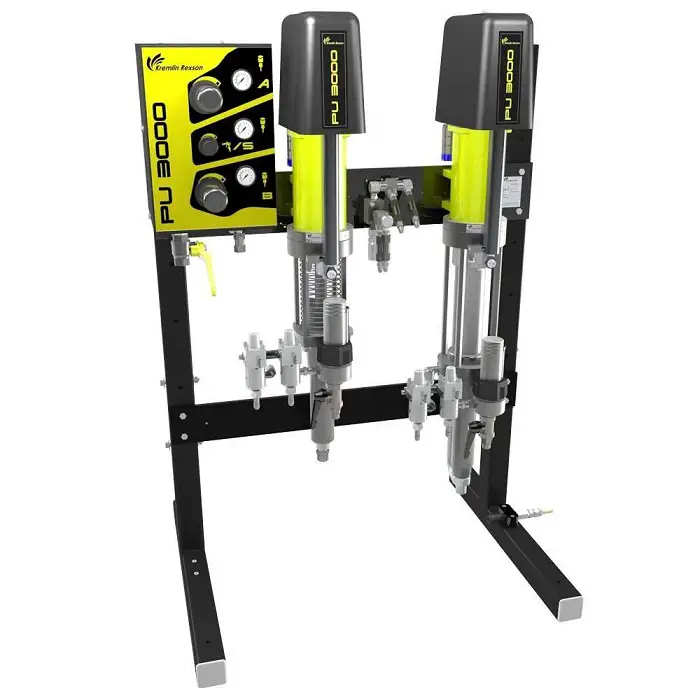
The PU 3000 pump is easy to use, despite the high-performance technologies it incorporates, and is very safe to use
System performance PU 3000 is a multi-faceted issue:
- Very good quality of the mixture of the 2 components due to the use of advanced technology - Injectmix - and a high-performance static mixer.
- Mixing accuracy is d +/-1% thanks to electronic component control.
- The Plug&Spray concept, on which the system is based PU3000, contains both the pumping and electronic elements necessary for dosing and controlling the mixture and other parameters.
- An electronic system with alarms to control certain production parameters: consumption, VOC emissions.
Injectmix is the technology used to mix the 2 components. It involves injecting a precise and pre-recorded volume of catalyst (component B) into a continuous flow of primer or varnish (component A). This is done in a high-performance mixer that guarantees the quality of the mixture.
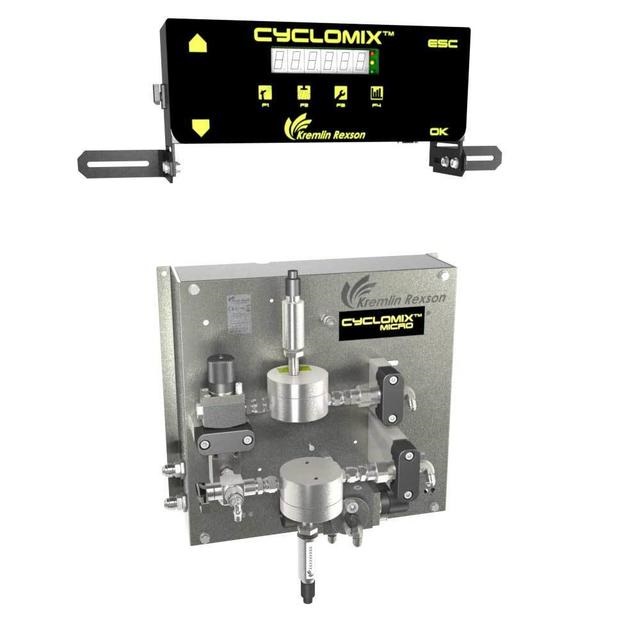
Mixing is carried out with the help of high-performance electronics - Sames Kremlin brand - PFE (Pulse Free Electronic Control). The system automatically calculates whether the piston stroke of the catalyst is sufficient to introduce the preset amount of catalyst into the lacquer stream. If it is not enough and more catalyst would be needed to meet the mixing recipe (preset amount), an electronic pulse is sent to the catalyst pump which automatically reverses the piston stroke without stopping the spray.
The PU3000 system has very good productivity and very good resistance over time
The productivity of a system is always the result of several elements which, when taken together, lead to performance immediately felt in production. In the case of the PU3000 system they could be summarized as follows:
- Intuitive operation. It's easy for the operator to understand how the system works, so the changeover is done quickly, with no disruption to production.
- Elimination of sudden system shutdown, and therefore production, due to the elimination of flow meters. Injection blending of the two components, as well as electronic control of the blending, has led to the elimination of flow meters.
- Continuous and constant flow provided by the PFE electronic system.
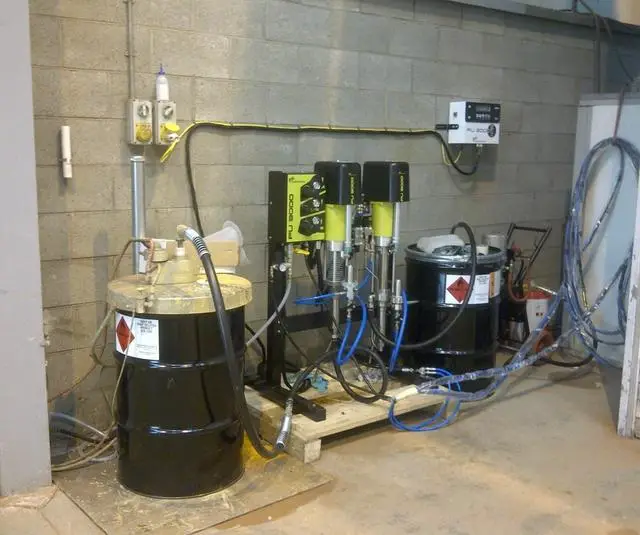
PU3000 is also highly resistant over time thanks to the high-performance technology, patented by Sames Kremlin, used in its manufacture. It is Flowmax, a system that provides a very good seal for piston pumps. This system is recommended for those using isocyanate-based catalysts (such as polyurethane, solvent-based acrylic, hardenable waterborne, polyester). These catalysts are very sensitive to contact with water and harden immediately. If leaks occur, they harden from moisture in the atmosphere. This means high maintenance costs and frequent production stops. The Flowmax system seals perfectly, leakage is excluded.
In short, why would you buy such a pump?
With so much technical information you may have missed the point: do the benefits of the new system justify the investment? Both manufacturer and distributor say PU3000 has a relatively low cost that pays for itself in a short time and the benefits of using the system are many:
- reduction of material loss and waste (reinforced mix);
- increased production time. Average daily working time is expected to increase by 50 min;
- Fast and automatic circuit cleaning;
- eliminating the risk of defects due to incorrect dosage. Eliminate the human factor in mixing components;
- eliminate sudden interruptions due to flow variations;
- low maintenance costs due to very good sealing;
- the possibility of very accurate monitoring of consumption, solvent emissions, etc;
- it does not require special staff training and is intuitive, easy to learn.

I'm still finishing with technical data, but it is important for a complete overview. The system can be used with both normal gun (6 barr pressure) and airmix (200 barr), and the mixing ratio between the 2 components can be from 1/1 to 20/1.





















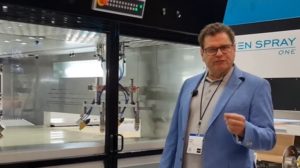

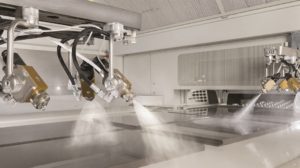
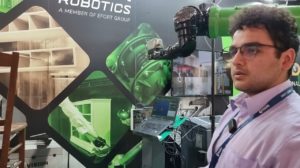

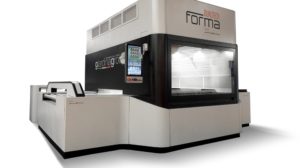
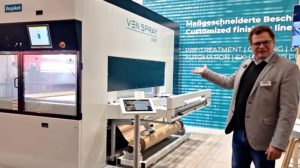




Add comment